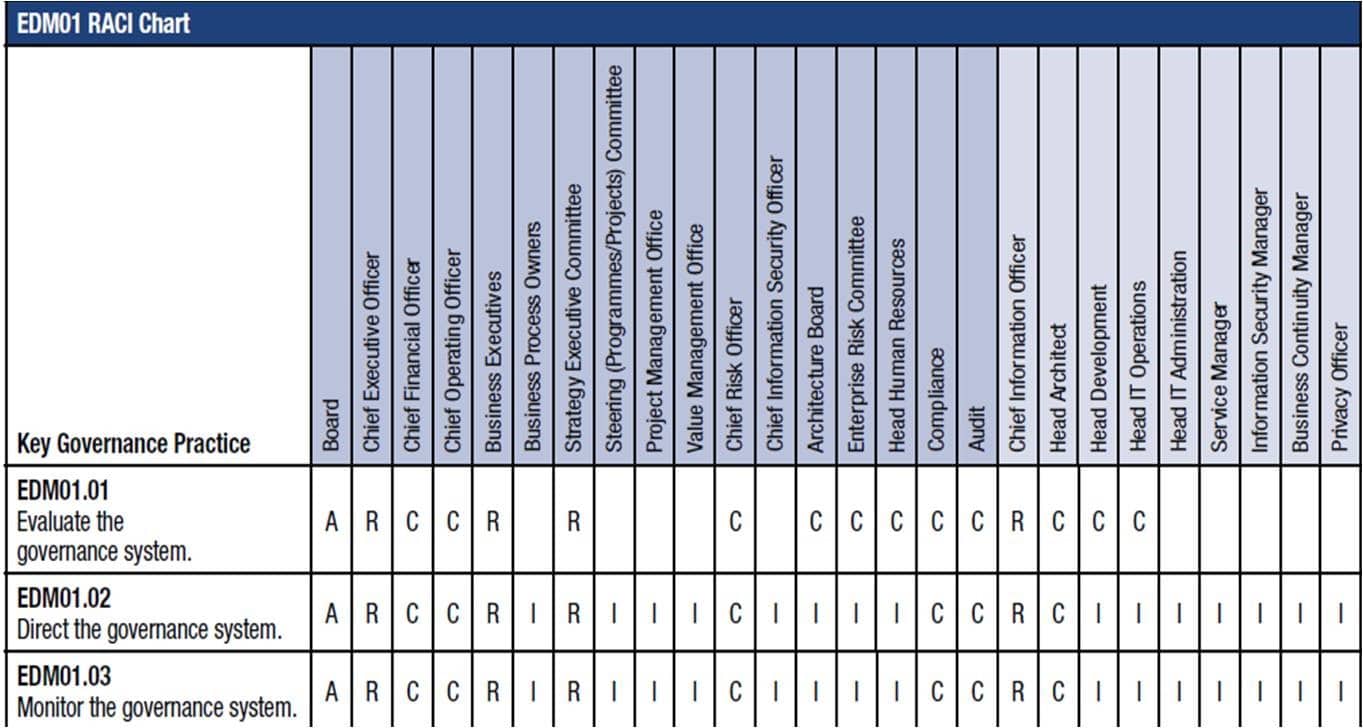Organizations exploit matrix management in various ways. A company, for instance, that operates globally uses it at larger scale by giving consistent products to various countries internationally. A business entity, having many products, does not assign its people to each product full-time but assign those to different ones on a part time basis, instead. And when it comes to delivering high quality and low cost products, companies overcome industry pressures with the help of many overseeing managers. In a rapidly changing environment, organizations respond quickly by sharing information through a matrix model.
Understanding the Matrix Management Structure
A basic understanding of matrix management starts with the three key roles and responsibilities that applies in the structure.
- Matrix Leader ? The common person above all the matrix bosses is the matrix leader. He ensures that the balance of power is maintained in the entire organization by delegating decisions and promoting collaboration among the people.
- Matrix Managers ? The managers cooperate with each other by defining the respective activities that they are responsible for.
- Matrix Employees – The employees have lesser direct authority but has more responsibilities. They resolve differing demands from more than one matrix managers while they work things out upwards. Their loyalty must be dual and their relationships with managers must be maintained.
Characteristics of a Matrix Structure
Here are some features that define the matrix management structure:
- Hybrid Structure ?The matrix structure is a mix of functional and project organization. Since it is a combination of these two, matrix management is hybrid in nature.
- Functional Manager ? When it comes to the technical phases of the project, the functional manager assumes responsibility. The manager decides on how to get the project done, delegates the tasks to the subordinates and oversees the operational parts of the organization.
- Project Manager ? The project manager has full authority in the administrative phases, including the physical and financial resources needed to complete the project. The responsibilities of a project manager comprise deciding on what to do, scheduling the work, coordinating the activities to diverse functions and evaluating over-all project performance.
- Specialization ?As the functional managers concentrate on the technical factors, the project managers focus on administrative ones. Thus, in matrix management, there is specialization.
- Challenge in Unity of Command ? Companies that employs matrix management usually experience a problem when it comes to the unity of command. This is largely due to the conflicting orders from the functional and project managers.
Types of Matrix Structure
The matrix management structure can be classified according to the level of power of the project manager. Here are three distinct types of matrix structures that are widely used by organizations.
- Weak Matrix ? The project manager has limited authority and power as the functional manager controls the budget of the project. His role is only part-time and more like a coordinator.
- Strong Matrix ? Here, the project manager has almost all the authority and power. He controls the budget, holds the full time administrative project management and has a full time role.
- Balanced Matrix ? In this structure type, both the project and functional managers control the budget of the project. The authority and power is shared by the two as well. Although the project manager has a full time role, he only has a part time authority for the administrative staff to report under his leadership.
Successful companies of today venture more on enhancing the abilities, skills, behavior and performances of their managers than the pursuit of finding the best physical structure. Indeed, learning the fundamentals of the matrix structure is essential to maximize its efficiency. A senior executive pointed out that one of the challenges in matrix management is not more of building a structure but in creating the matrix to the mind of the managers. This comes to say that matrix management is not just about the structure, it is a frame in the mind.
